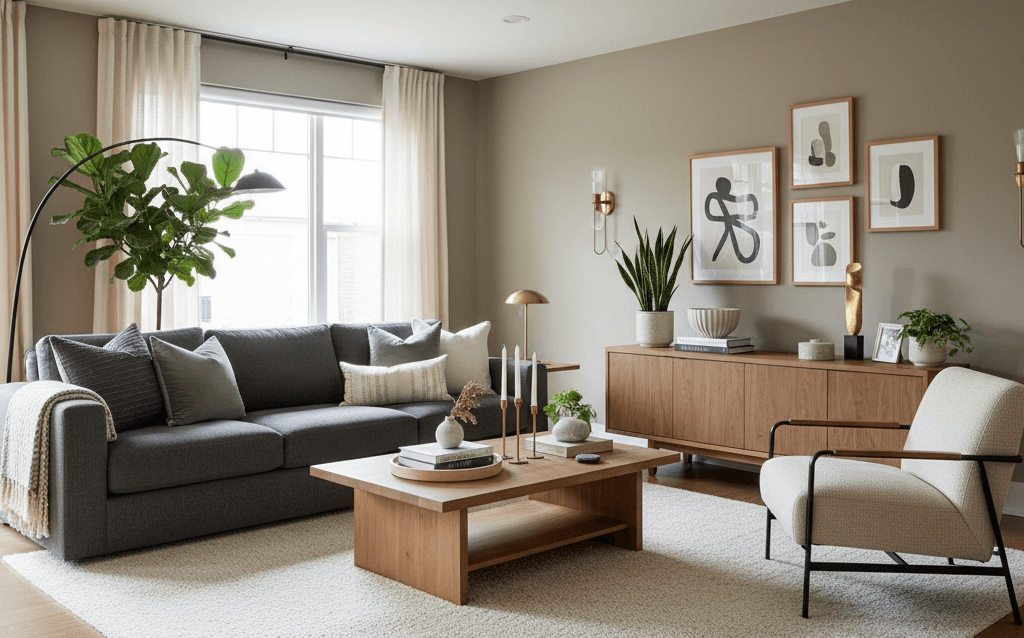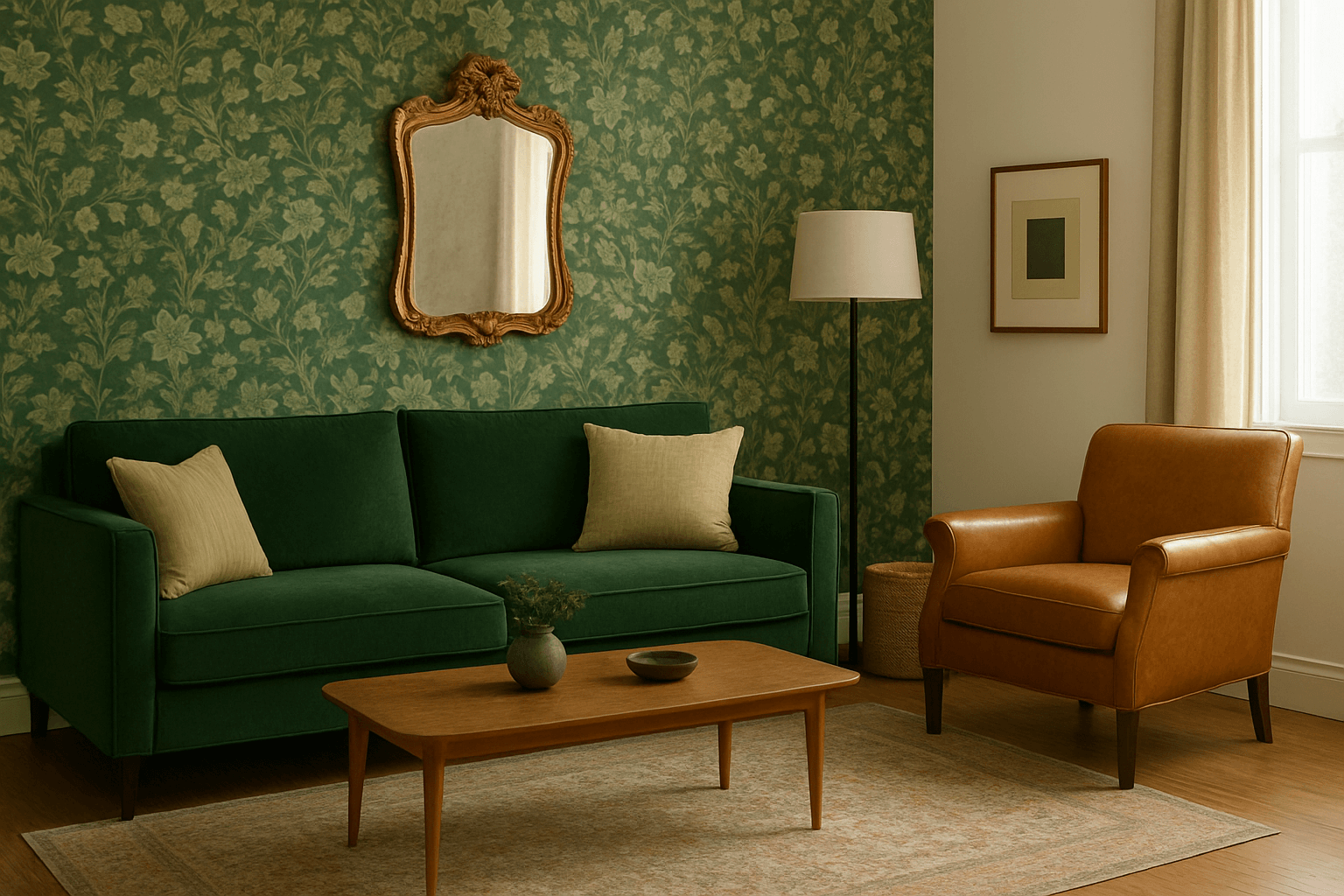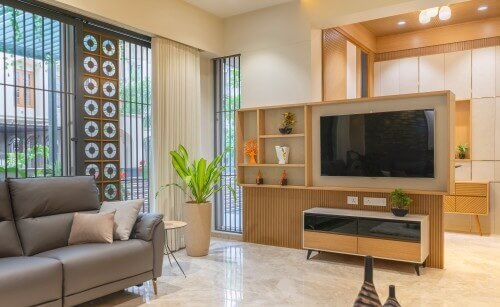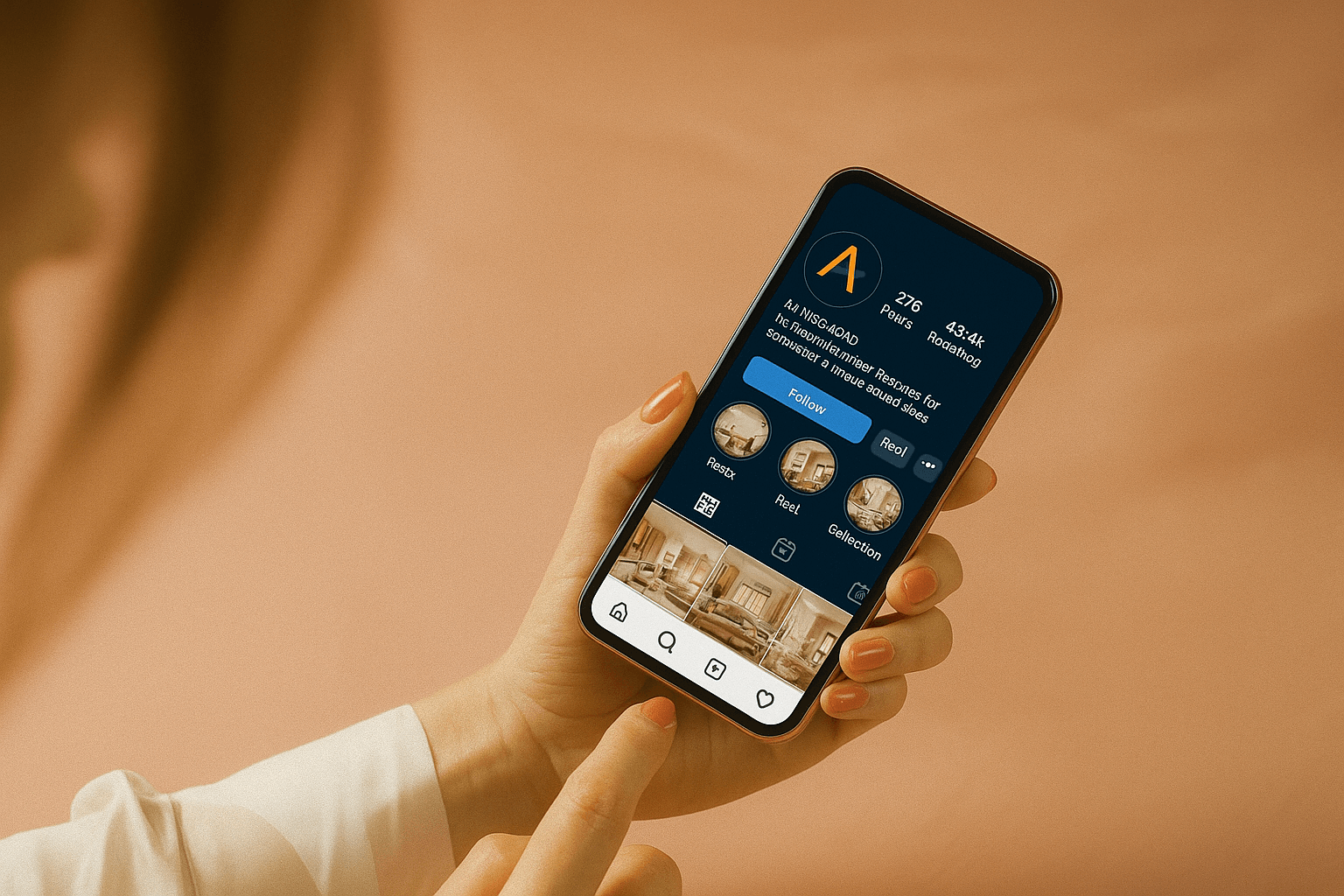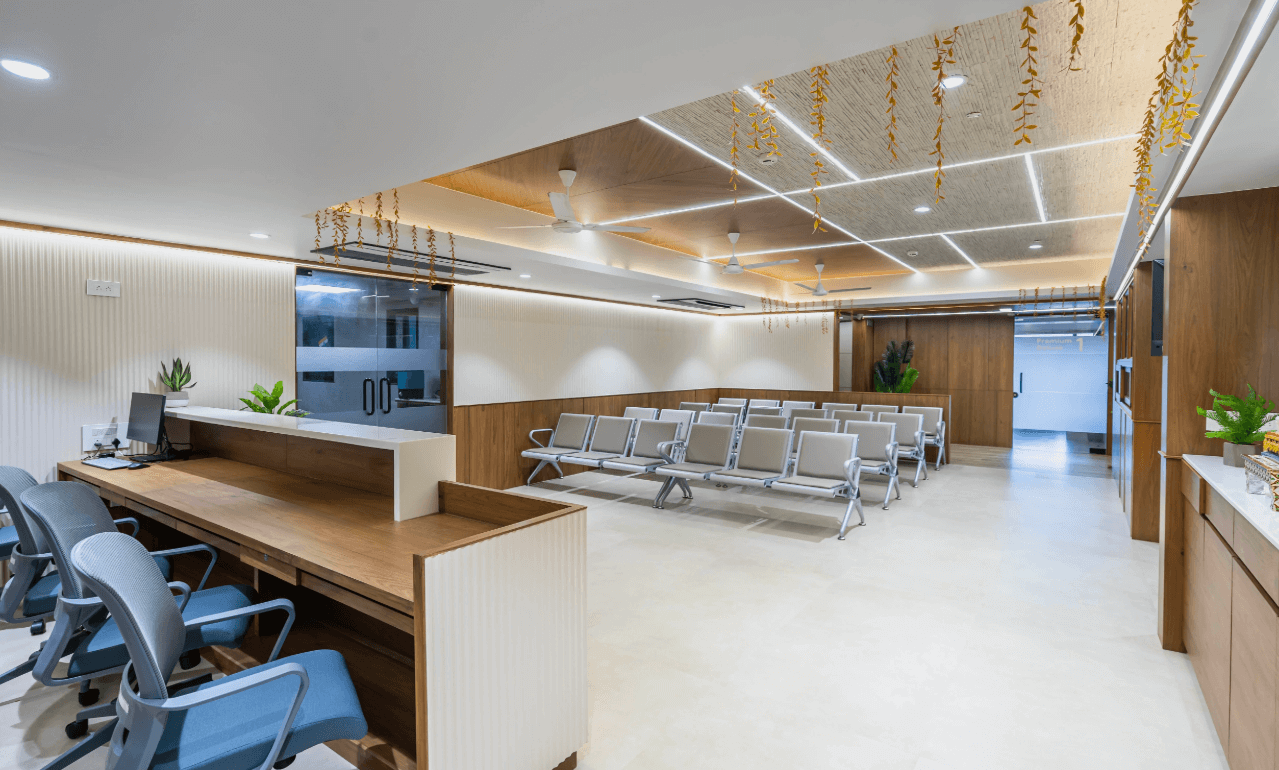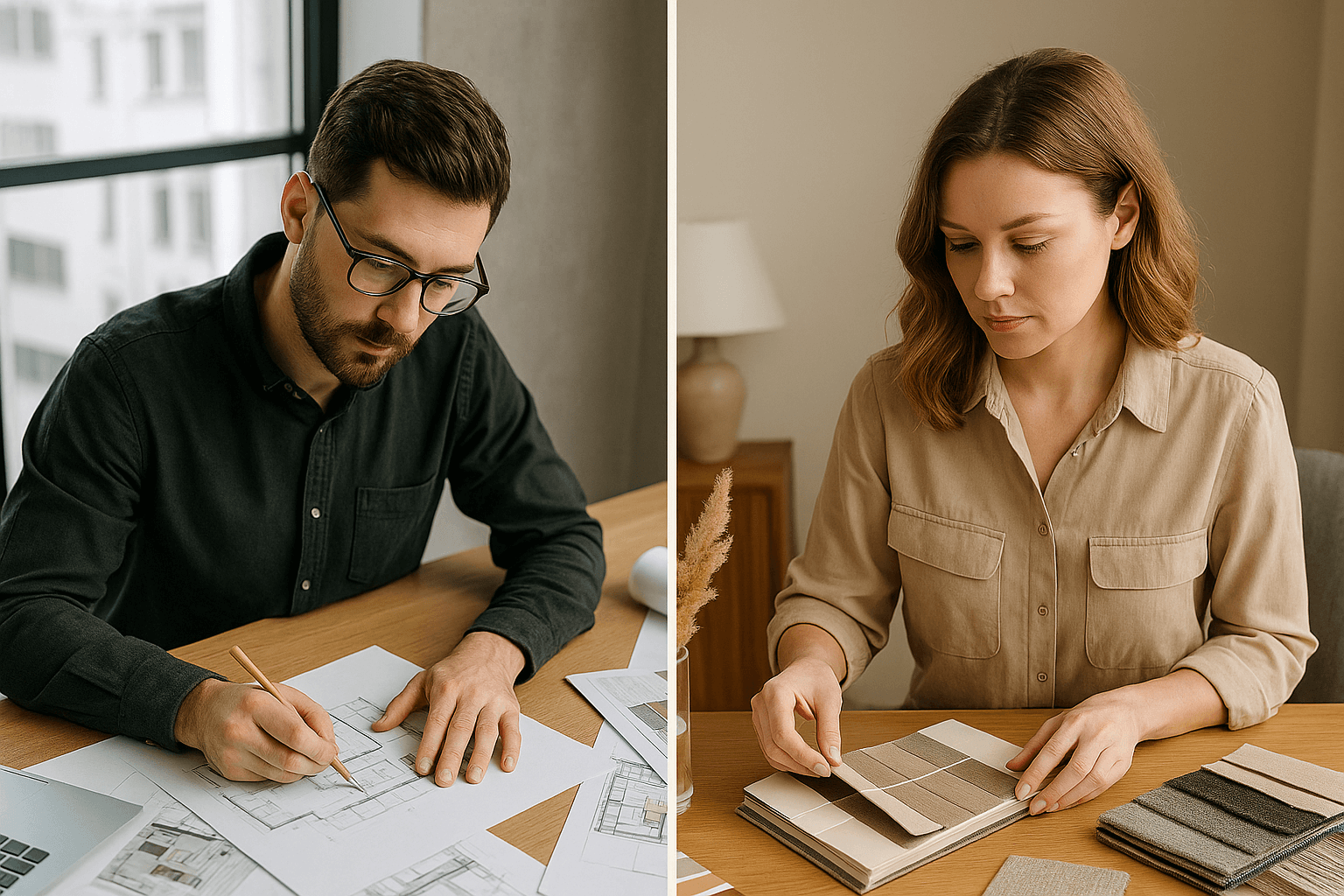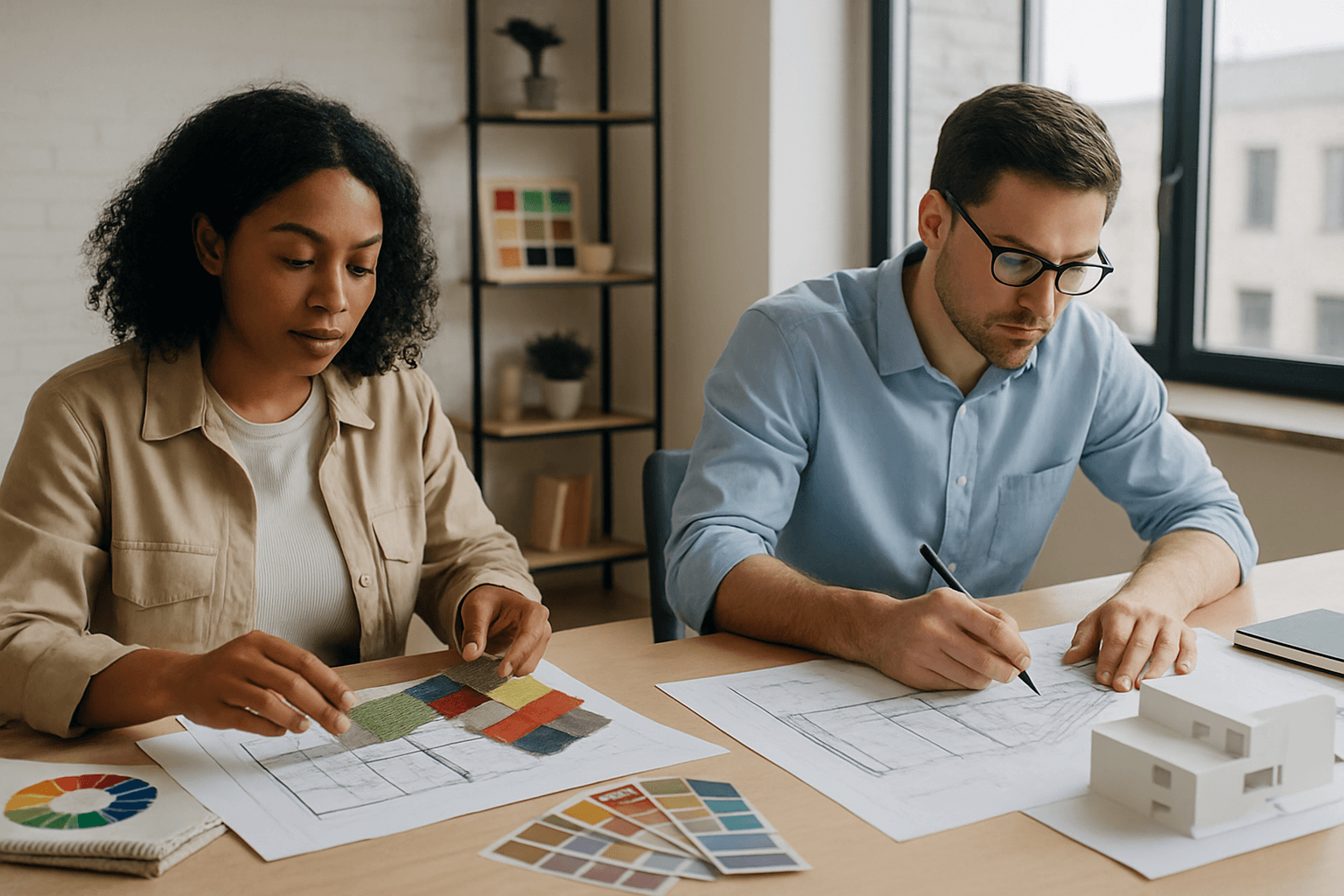Have you ever wondered who to call when you want to make your home look amazing—an interior designer or an interior decorator? These two jobs sound similar, but they actually have different roles. In this blog, we’ll explain the differences between an interior designer and an interior decorator in simple words, so you can figure out which one is best for your project. Let’s get started!
1. What Is Interior Design?
Interior design is all about making indoor spaces—whether at home or work—look beautiful, work well, and feel comfortable and safe. It’s not just about picking furniture and decorations; interior designers also focus on how people use the space, making sure it meets their needs and is easy to move around in.
A Short History of Interior Design
Interior design has been around for thousands of years. Ancient Egyptians, Greeks, and Romans decorated their homes with beautiful fabrics and artwork to make their spaces more comfortable and attractive.
In the 17th century, during the Renaissance, rich people used interior design to show off their wealth with fancy and exotic materials.
Later, during the 19th and 20th centuries, design became simpler and more practical because of industrialization. The minimalist style started growing after World War II and became very popular in the 1960s and 70s.
Today, many designers focus on using eco-friendly materials and creating spaces that help people work well from home, thanks to new technology and changing lifestyles.
Core Principles of Interior Design
Interior designers follow key principles to make sure a space looks good and works well:
- Balance: Making sure the room feels even and steady by arranging furniture and objects carefully, so no part feels too heavy or empty.
- Unity: Choosing colors, furniture, and decorations that fit well together, creating a smooth flow between rooms.
- Rhythm: Repeating colors or patterns throughout the space to create harmony and consistency.
- Proportion and Scale: Matching the size of furniture and objects to the size of the room. Big rooms can have larger furniture; small rooms need lighter, smaller pieces.
- Emphasis: Creating a focal point in the room, like a piece of art or a fireplace, that draws attention and helps guide the design.
- Contrast: Using opposite colors, textures, or styles in a room to make a bold and interesting look.
- Details: Paying attention to small things like kitchenware or bathroom fittings, because these little touches can really enhance the overall feel of a space.
What Does an Interior Designer Do?
Interior designers focus on making indoor spaces beautiful, functional, safe, and easy to use. They carefully plan how a space is arranged and decide on key elements like furniture, lighting, colors, and fabrics to create an environment that suits the people who live or work there.
A big part of an interior designer’s job is understanding their client’s needs, preferences, and goals. This helps them design spaces that are not only attractive but also meet important standards for safety and accessibility. For interior designers, good design means combining style with practical use.
Main Responsibilities of an Interior Designer:
- Understand the client’s goals, budget, and requirements
- Develop design plans and concepts
- Create sketches and 3D models using design software
- Estimate costs and timelines for the project
- Coordinate with clients to ensure satisfaction
- Manage project schedules and collaborate with contractors
- Find new clients and design opportunities
In Ahmedabad, many clients hire interior designers for:
- New 2BHK, 3BHK, or 4BHK flat interiors
- Complete home renovations
- Office and retail space interiors
- Turnkey project execution
Key Skills of an Interior Designer:
- Creativity: Designers need a strong creative sense to imagine and craft spaces that appeal to diverse clients. Inspiration often comes from art, photography, and design trends.
- Knowledge of Design Principles: A solid grasp of interior design principles like balance, harmony, and rhythm is essential to create spaces that look great and feel comfortable.
- Attention to Detail: Small touches—like fabric choices or decorative accents—make a big difference in how a space feels and functions.
- Up-to-Date with Trends: Staying current with the latest styles, materials, and technologies helps designers offer fresh, modern solutions.
- Organization: Managing budgets, schedules, and multiple team members requires strong planning and organizational skills.
- Communication: Clear communication with clients, contractors, and suppliers ensures everyone is on the same page.
- Sustainability Awareness: Many clients want eco-friendly designs, so knowledge of sustainable materials and practices is increasingly important.
- Sketching Ability: Being able to quickly sketch ideas by hand remains valuable for early-stage design presentations.
- Materials and Product Knowledge: Designers must know about different furniture, fabrics, lighting, and decor options, and where to source them.
- Computer-Aided Design (CAD): Using CAD software allows designers to create detailed, realistic plans and easily make adjustments.
2. What Is Interior Decoration?
Interior decoration focuses on making a space look beautiful and stylish. It involves choosing the right paint colors, furniture, fabrics, and accessories to create a visually pleasing environment. Interior decorators use their knowledge of current trends and styles to bring their clients’ ideas to life, making sure the space reflects their personality and tastes. To do this well, decorators need a strong understanding of colors, fabrics, furniture styles, and how to arrange rooms. They also work closely with skilled craftsmen like carpenters and upholsterers to bring their vision to reality.
A Short History of Interior Decoration
People have always loved decorating their homes. Long ago, cave dwellers used animal skins, stones, and plants to decorate their living spaces. In ancient Egypt, wealthy homes were decorated with precious metals and stones to show status.
During the Middle Ages in Europe, decoration was mostly seen in churches and cathedrals, with heavy carved furniture and detailed stonework being common in this Gothic period.
By the Renaissance, interior decoration became recognized as an art form, thanks to artists like Leonardo da Vinci and Michelangelo. Exotic materials like ivory and hardwood were used to make interiors more luxurious.
In the 18th and 19th centuries, more people from the middle class became interested in decorating their homes, thanks to the Arts and Crafts movement and the availability of affordable, stylish furniture.
The 20th century brought a mix of styles influenced by different cultures and ideas. Minimalism and clean lines became popular early on, and by the 1950s and 60s, mid-century modern style was a favorite among many households.
Principles of Interior Decoration
Interior decoration is often seen as a part of interior design rather than a separate field. It follows many of the same principles, especially focusing on how a space looks. The main goal is to create a stylish and cohesive look that matches the homeowner’s or business’s style.
Key elements of interior decoration include arranging furniture, choosing accessories and decorative items, and selecting fabrics and color schemes that all work together to create a harmonious space.
What Does an Interior Decorator Do?
An interior decorator focuses mainly on the look and feel of a space. Their job is to make a room beautiful and stylish by choosing colours, furniture, fabrics, decorations, and personal touches that match the client’s taste and needs. The goal is to create a visually pleasing and comfortable environment.
Responsibilities of an Interior Decorator:
- Meet with clients to understand their style and preferences
- Prepare budgets for materials and labour
- Plan timelines for the project
- Create sample design ideas
- Select furniture, paint colours, fabrics, and other materials
- Manage purchasing of items
- Oversee work done by contractors or suppliers
In Ahmedabad, interior decorators are often hired for:
- Revamping home interiors without renovation
- Seasonal makeovers (e.g., festive decor)
- Styling new homes after possession
- Budget-friendly transformation projects
Key Skills of an Interior Decorator:
- Creativity: Decorators need a strong creative sense to imagine and bring to life beautiful interiors that match their client’s vision.
- Attention to Detail: Choosing and arranging the right furniture, fabrics, and decor items carefully is essential to create a balanced and attractive space.
- Colour Sense: A good understanding of colours and how they affect mood and harmony is crucial for decorating a space well.
- Communication Skills: Clear communication is important to coordinate between clients, contractors, and suppliers, ensuring everyone is on the same page.
- Problem-Solving: Decorators often face challenges like budget limits or small spaces, so being able to find creative solutions is key.
- Knowledge of Materials and Products: Understanding different furniture, fabrics, lighting, and accessories helps decorators create the perfect look and feel for each space.
What Are the Differences Between Interior Design and Interior Decoration?
Although interior design and interior decoration are related, they are not the same and shouldn’t be used as interchangeable terms.
Interior decoration focuses mainly on the look of a space — choosing colors, furniture, and accessories to make it attractive and stylish.
Interior design, on the other hand, is more comprehensive. It not only includes how the space looks but also how it works. Interior designers plan the layout, ensure the space is functional, comfortable, and safe, and consider how it supports the people using it.
You can think of interior decoration as part of interior design. Decoration is about the style and feel, while design covers everything needed to create a space that looks good and meets the needs of its users.
Key Differences Between Interior Decorator and Interior Designer
| Feature | Interior Decorator | Interior Designer |
|---|---|---|
| Scope of Work | Styling & furnishing | Layout, function, and aesthetics |
| When They’re Hired | After structural work is done | At the beginning of a project |
| Technical Knowledge | Limited to design aesthetics | In-depth knowledge of architecture & materials |
| Tools Used | Mood boards, fabric samples | CAD drawings, floor plans, 3D renderings |
| Training | May or may not have formal education | Professionally trained and certified |
| Popular in Ahmedabad For | Rental home styling, festive decor | New home interiors, office spaces, renovations |
How to Collaborate with Both Interior Decorators and Designers?
Sometimes, a project benefits from the skills of both an interior decorator and an interior designer. Here’s how they can complement each other and tips on managing a smooth collaboration.
Why Hire Both?
- Comprehensive Expertise: Designers handle the structural and functional planning, while decorators perfect the finishing touches to enhance aesthetics.
- Cost Efficiency: Using decorators for styling post-renovation can save costs compared to hiring a designer for every stage.
- Faster Execution: Designers plan and manage technical work upfront; decorators can quickly style spaces as the project nears completion.
Tips for Managing Both Professionals
- Clear Role Definitions: Define each professional’s responsibilities upfront—designer for layout, lighting, and materials; decorator for colors, furniture, and accessories.
- Coordinated Workflow: Schedule decorators to start only after major design and construction phases are done.
- Communication: Encourage open communication between both parties to avoid clashes in design themes or timelines.
- Separate Contracts: Maintain separate agreements with clear deliverables, timelines, and payment terms for each professional.
- Single Point of Contact: If possible, appoint a project manager or coordinator to streamline communication and keep the project on track.
By leveraging the strengths of both, you can achieve a beautifully functional and stylish space tailored to your needs.
Pricing and Cost Differences: Interior Decorators vs Interior Designers in Ahmedabad
When planning your interior project in Ahmedabad, understanding the pricing differences between interior decorators and interior designers helps you set realistic budgets and expectations. Both professionals offer valuable services, but their fees vary due to the scope and expertise involved.
Typical Pricing Models
| Service | Price Range (INR) | Pricing Basis |
|---|---|---|
| Interior Decorator | ₹15,000 to ₹1,00,000 per project | Fixed fees or hourly rates |
| Interior Designer | ₹50,000 to ₹5,00,000+ or ₹150–₹600 per sq.ft | Percentage of project cost or per sq.ft rate |
To know more about interior designer charges in Ahmedabad, read our detailed blog.
What Influences the Cost?
- Project Size: Larger homes or offices require more planning and materials, increasing costs.
- Complexity: Structural changes, electrical or plumbing work increase designer fees.
- Materials: Premium finishes, imported fabrics, or custom furniture add to the budget.
- Customization: Unique design solutions, 3D renderings, or turnkey project management also increase costs.
- Location: Projects in upscale Ahmedabad areas like Vastrapur or Bopal may have higher costs due to logistics or design standards.
When to Expect What?
- Interior decorators usually charge less because their focus is on aesthetics — furniture, colors, and decor accessories — and they typically work after major construction is done.
- Interior designers’ fees are higher because they handle technical design, layout planning, and oversee execution, often from the very start of the project.
Which One Should You Hire in Ahmedabad?
Choose an Interior Decorator in Ahmedabad if:
- You’re looking to refresh your space without structural changes
- You want help selecting furniture, colors, and decor
- You’re on a tighter budget
Choose an Interior Designer in Ahmedabad if:
- You’re building or renovating your home or office
- You need detailed planning and execution
- You want customized solutions and functional layouts
Frequently Asked Questions (FAQs)
1. Can an interior decorator do a full home renovation in Ahmedabad?
No. Interior decorators specialize in visual styling, not structural changes. For full renovations, hire a certified interior designer.
2. What is the cost difference between an interior decorator and designer in Ahmedabad?
Decorators usually charge less, with rates starting around Rs. 50,000. Interior designers in Ahmedabad may charge Rs. 100–400 per sq. ft., depending on the scope.
3. Do I need both for my 3BHK interior project in Ahmedabad?
Yes, in many cases. Designers handle layout and planning, while decorators add the final visual touch.
4. How do I find the best interior decorator in Ahmedabad?
Search online, check Google reviews, and look for portfolios on Instagram or design platforms like Houzz.
5. What is better, an interior designer or an interior decorator?
Generally, designers are responsible for space planning and structural execution, while decorators are responsible for final aesthetic decisions. But don’t be afraid to cross lines to hire a decorator with a reputation as a good designer or a designer with a flair for decorating, provided their skills are proven.
6. What is the difference between Interior design and interior decorating?
Both practices are interested in creating visually appealing living and work spaces, but interior design goes a stage further, delving into enhancing the functionality, accessibility, and safety of a space while acknowledging and meeting the needs, desires, and goals of those who use it.

